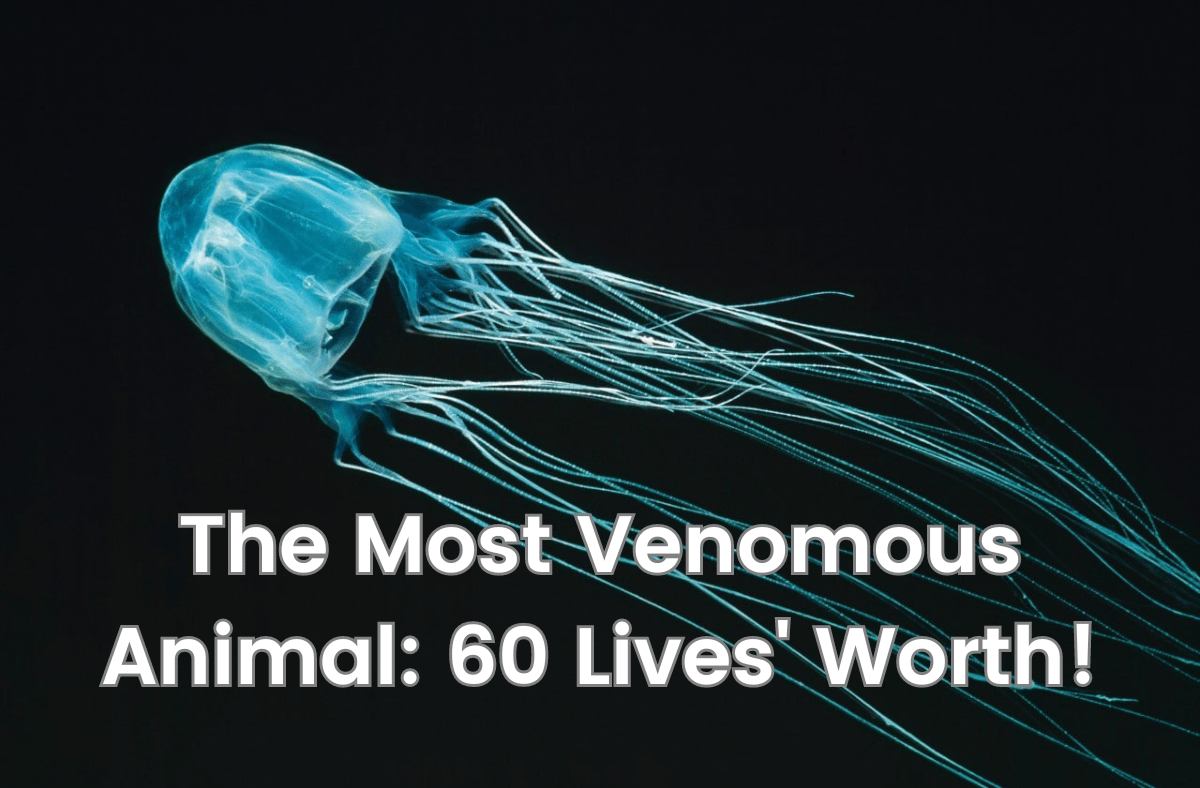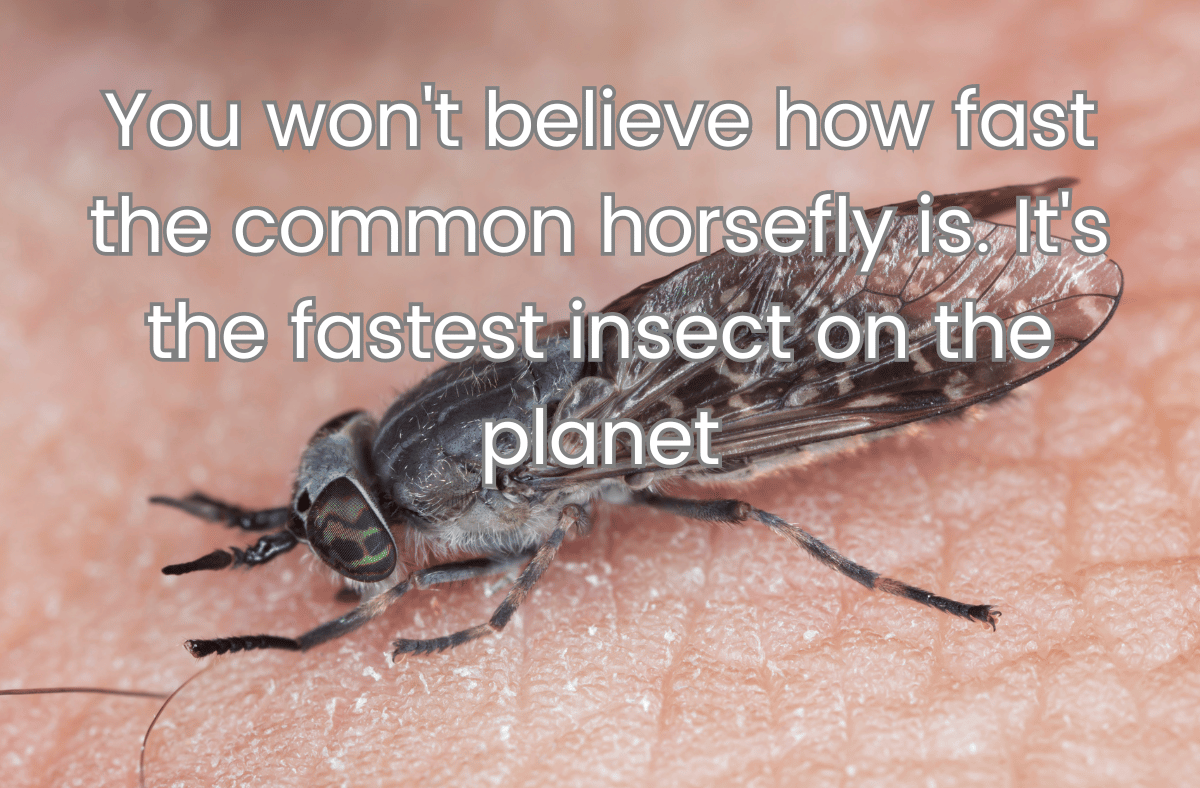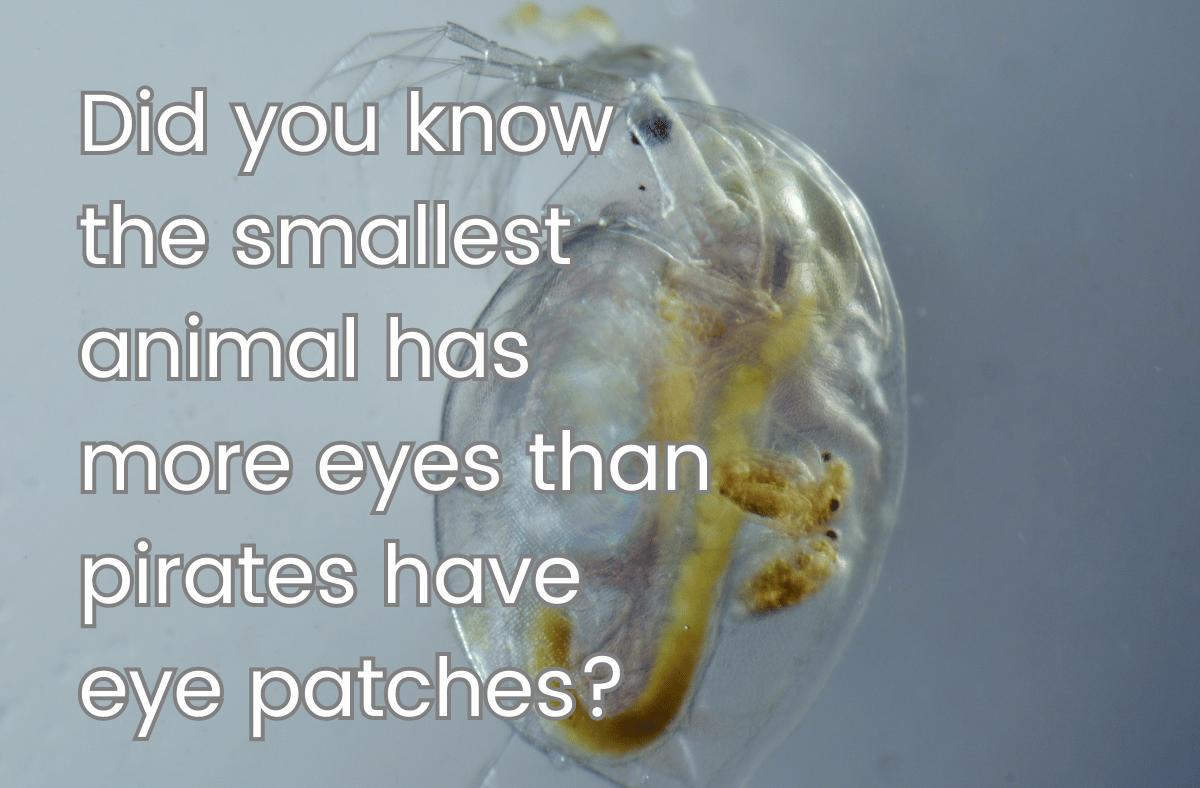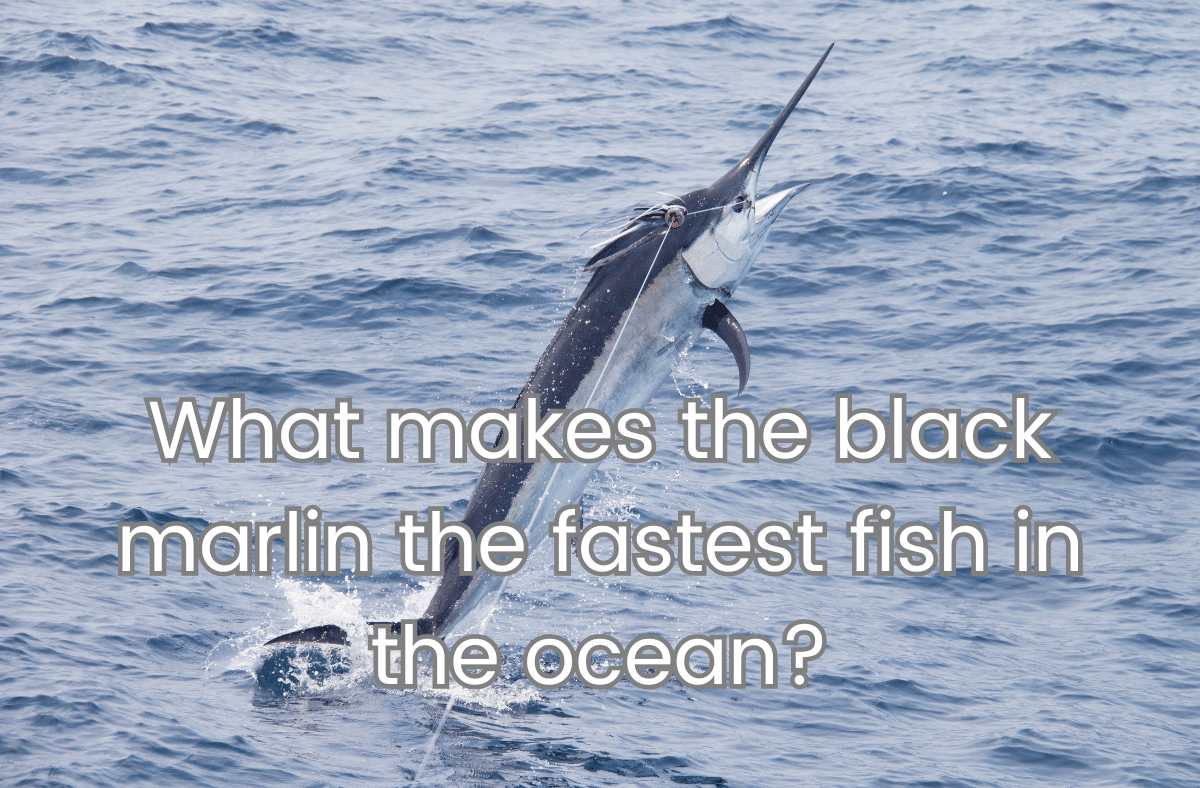For those in a hurry
- Some beetles can defend themselves by spraying boiling-hot, toxic liquid from their rear end.
- These beetles are called bombardier beetles and they belong to the ground beetle family.
- They have two glands in their abdomen that store different chemicals: hydroquinone and hydrogen peroxide.
- When they feel threatened, they mix these chemicals together and create a chemical explosion that heats up the liquid to 100°C.
- The beetles can direct the spray in different directions and use it up to 20 times.
The amazing defense mechanism of bombardier beetles
Imagine you are a small insect, living in a world full of predators. How would you protect yourself from being eaten? Some insects use camouflage, some use venom, and some use speed. But there is one group of insects that has a very unique and impressive way of defending themselves: they shoot boiling-hot, explosive chemical spray from their butts!
These insects are called bombardier beetles and they belong to the ground beetle family. There are more than 500 species of bombardier beetles, and they live on all continents except Antarctica. They are carnivorous and hunt for other insects at night, but they also have to deal with many enemies, such as ants, frogs, and lizards.
To deter these attackers, bombardier beetles have evolved a remarkable ability: they can produce chemical explosions inside their abdomen and unleash bursts of boiling, irritant liquid on their attackers. How do they do this?
The chemistry behind the spray
Bombardier beetles have two large glands that open at the tip of their abdomen. Each gland is composed of two parts: a reservoir that contains an aqueous solution of hydroquinone and hydrogen peroxide, and a vestibule that contains enzymes called catalases and peroxidases.
When the beetle feels threatened, it opens a valve that allows the solution from the reservoir to reach the vestibule. There, the enzymes catalyze two reactions: the decomposition of hydrogen peroxide into water and oxygen, and the oxidation of hydroquinone into quinone. These reactions are very exothermic, meaning they release a lot of heat. The heat raises the temperature of the mixture to near 100°C, which is the boiling point of water. The mixture also produces gas that increases the pressure inside the gland.
The beetle then expels jets of hot, toxic benzoquinone through an outlet valve, with a loud popping sound. The spray can reach up to 20 cm in distance and can be directed in different directions by moving the abdomen. The spray can cause severe pain, blindness, or even death to the attacker. The beetles’ glands store enough chemicals to allow them to release their spray up to 20 times.
The mystery of how beetles don’t burn themselves
One question that scientists have been trying to answer is how do bombardier beetles avoid burning or injuring themselves when they produce such high temperatures and pressures inside their body? How do they prevent the explosion from backfiring into their own tissues?
Some possible explanations are:
- The beetles have a thick cuticle (outer layer of skin) that insulates them from the heat.
- The beetles have a special valve that closes quickly after each spray to prevent backflow.
- The beetles have a special coating on their inner walls that prevents them from sticking together or rupturing.
- The beetles have a special mechanism that cools down the mixture before it reaches the outlet valve.
Scientists are still studying these amazing creatures to understand how they evolved this incredible defense mechanism and how they manage to survive it.






















